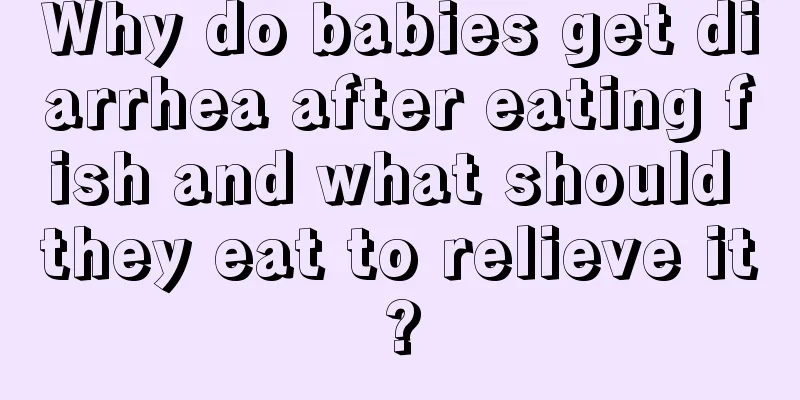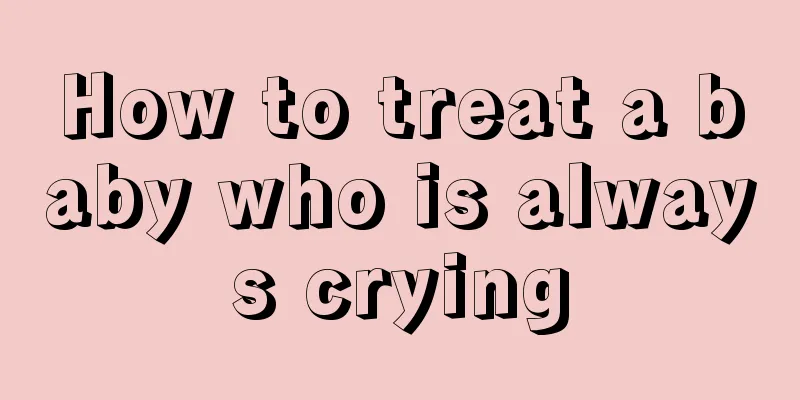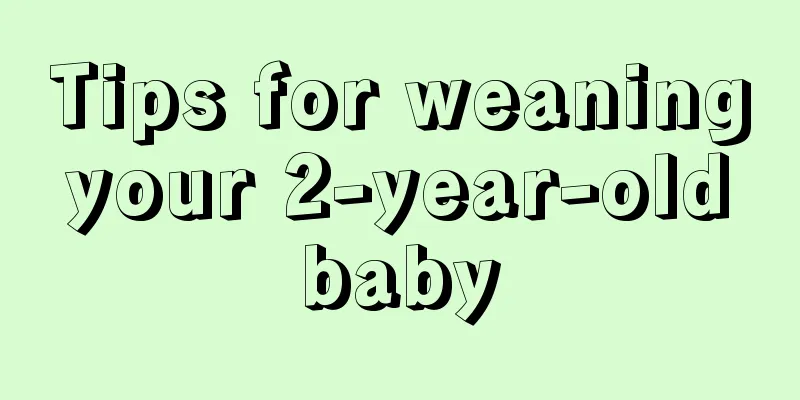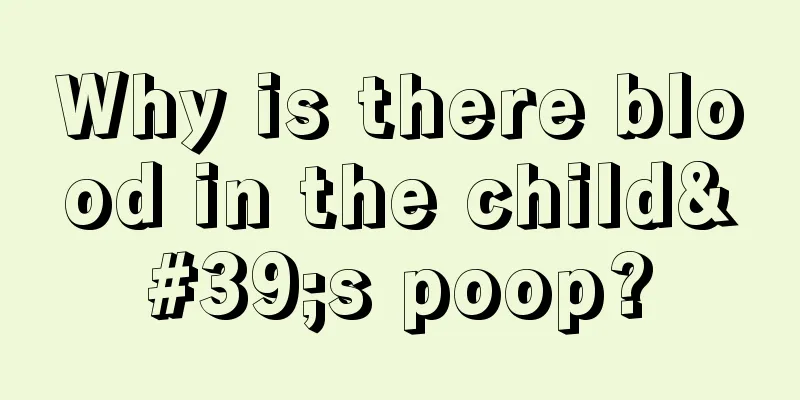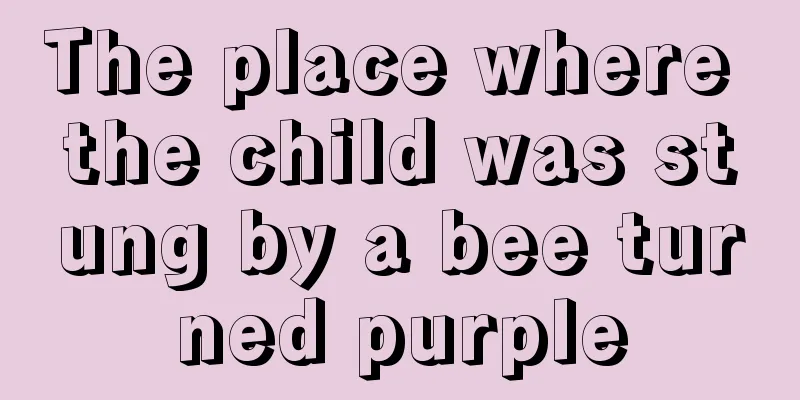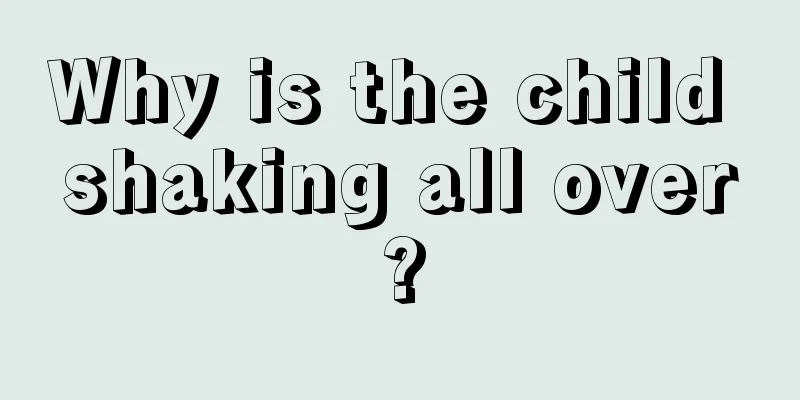What disease causes my baby to cough and breathe rapidly?

|
In recent times, many areas have experienced a significant drop in temperature. If the body's resistance is low during this period, it is easy to catch colds and other diseases, especially for children. So if it is not necessary, children should not be allowed to play outside in cold weather. So, what is wrong with the baby's cough and shortness of breath? Bronchitis in children refers to inflammation of the bronchi. The lesions of bronchiolitis in children mainly occur in the small bronchi in the lungs, also known as the capillaries, hence the name "bronchiolitis". It is usually a complication caused by viral infections such as the common cold and influenza, but may also be caused by bacterial infections. It is a common acute upper respiratory tract infection in children. Bronchitis in children is called "bronchiolitis". The main pathogen of bronchiolitis is respiratory syncytial virus, which may account for 80% or more; others are adenovirus, parainfluenza virus, rhinovirus, influenza virus, etc.; a few cases may be caused by Mycoplasma pneumoniae. After infection with the virus, the tiny bronchioles become congested, edematous, and have increased mucus secretion. In addition, necrotic mucosal epithelial cells fall off and block the lumen, leading to obvious emphysema and atelectasis. Inflammation usually affects the alveoli, alveolar walls and lung interstitium, so it can be considered a special type of pneumonia. Bronchiolitis is different from general tracheitis or bronchitis. Its clinical symptoms are similar to pneumonia, but wheezing is the main symptom. This disease mostly occurs in children under 2.5 years old, 80% are under 1 year old, and most are children under 6 months old. Typical bronchiolitis often occurs 2 to 3 days after an upper respiratory tract infection, with persistent dry cough and fever, moderate to low fever, and wheezing attacks. The condition is more severe 2 to 3 days after the onset of wheezing. Respiration increases significantly during an attack, reaching 60 to 80 times per minute or more, accompanied by prolonged exhalation and laryngeal wheezing. Severely ill children show obvious nasal congestion and the "three-depression sign" (i.e., depressions in the supraclavicular fossa, suprasternal fossa, and upper abdomen during inhalation), pale complexion, blueness around the mouth, or cyanosis. Children are often irritable and groaning. Children with more serious conditions may have heart failure or respiratory failure. Most cases can be relieved after treatment, and death rarely occurs. Children should be sent to the hospital for treatment promptly after the onset of the disease. Since bronchiolitis is mostly caused by viral infection, antibiotics are generally not required for treatment in the early stages of the disease. If secondary bacterial infection is suspected in the later stage of the disease, antibiotics can be used for treatment. The treatment is mainly symptomatic, which can be summarized as "sedation and cough suppression". In addition, good care is also very important. Especially pay attention not to disturb the child, let him rest quietly, maintain a certain humidity in the room, and cooperate with nebulizer inhalation for critically ill children, and suction sputum in time to keep the airway open. Chinese medicine can also be used for treatment. The recovery of bronchiolitis is usually good, and the course of the disease is generally 5 to 9 days. However, it should be noted that children who have suffered from bronchiolitis are more likely to suffer from asthma in the future. Through the national epidemiological survey of pediatric asthma and the follow-up of infants and young children with bronchiolitis, it was found that 20% to 40% of these children later developed pediatric asthma. Therefore, it is necessary to actively prevent and treat bronchiolitis to reduce the occurrence of asthma. Bronchiolitis can sometimes cause epidemics. There were three epidemics in rural areas of southern my country in the 1970s, in Yuncheng, Shanxi in the 1980s, and in Beijing and Tianjin in the 1990s. When it was prevalent in the south in the early 1970s, there was a lack of knowledge about the disease, and the names of the disease were different and the pathogen was unknown. Later, the Ministry of Health organized a national collaboration to monitor and study the epidemic, and it was named "epidemic asthmatic pneumonia". In order to determine its pathogen, medical researchers have successfully isolated the pathogen of epidemic asthmatic pneumonia, respiratory syncytial virus, after years of research in 1997, and identified the pathogen of the epidemic as respiratory syncytial virus subtype A. This provides an important basis for the future production of effective vaccines to prevent the epidemic of bronchiolitis. |
<<: What disease does a child with a cold and wheezing cause?
>>: How old can babies eat stir-fried vegetables?
Recommend
What kind of fruit is good for a three-year-old child?
Fruits are not only delicious but also have high ...
What is the condition of a child's runny nose?
Sometimes children will have a runny nose after c...
What should I do if I have precocious puberty?
Precocious puberty is a phenomenon that has emerg...
Children's Tourette Syndrome
In the eyes of many parents, tics can recover on ...
What are the common diseases of newborns?
People who work every day are busy going to and f...
Air is just one of the factors that trigger coughing: Common causes of coughing in children
As winter approaches, the northern regions have a...
White spots appear on the child's face
In life, there are many children who are prone to...
What should I do if my newborn baby cries a lot when changing diapers?
Changing diapers for babies is something that eve...
Is it normal for a five-year-old to start losing teeth?
Generally, children start to change their teeth a...
What to do if your baby cries in the middle of the night
There are several reasons why babies cry in the m...
What to do if your newborn baby snores
After a newborn is born, he or she is not yet ful...
How to make delicious vegetable porridge for babies
Many children need to add appropriate complementa...
Causes of anal abscess in infants
Children have weak resistance and often have some...
Can children use cooling oil?
I believe many people have used cooling oil, whic...
Reasons for cold hands and feet in babies
The baby's hands and feet are cold. For a new...

